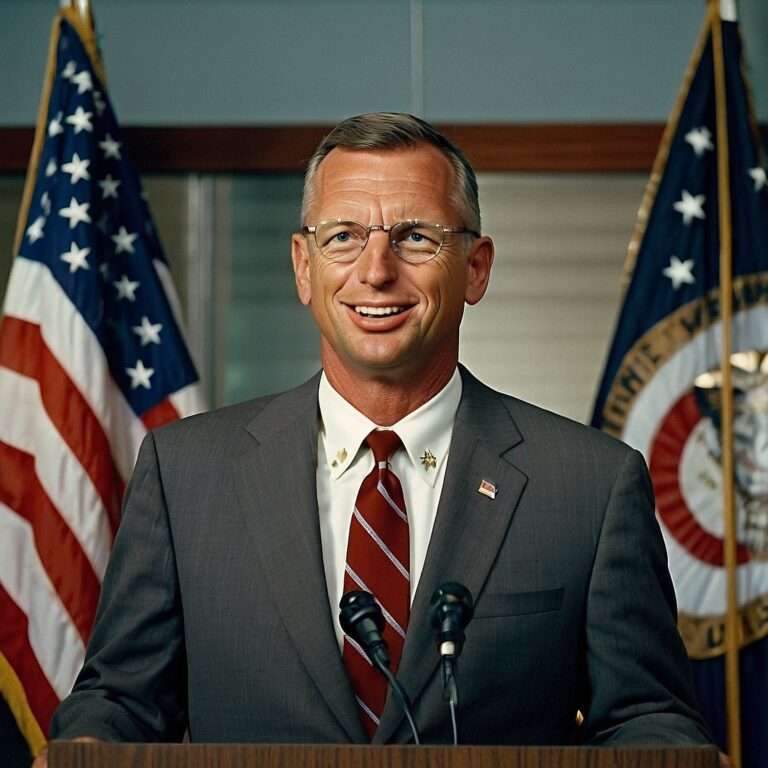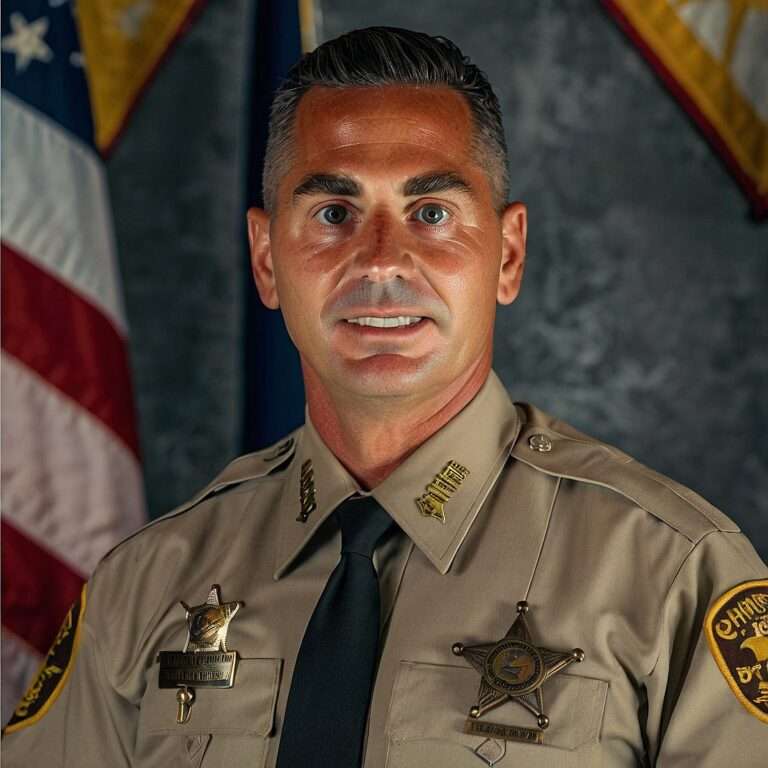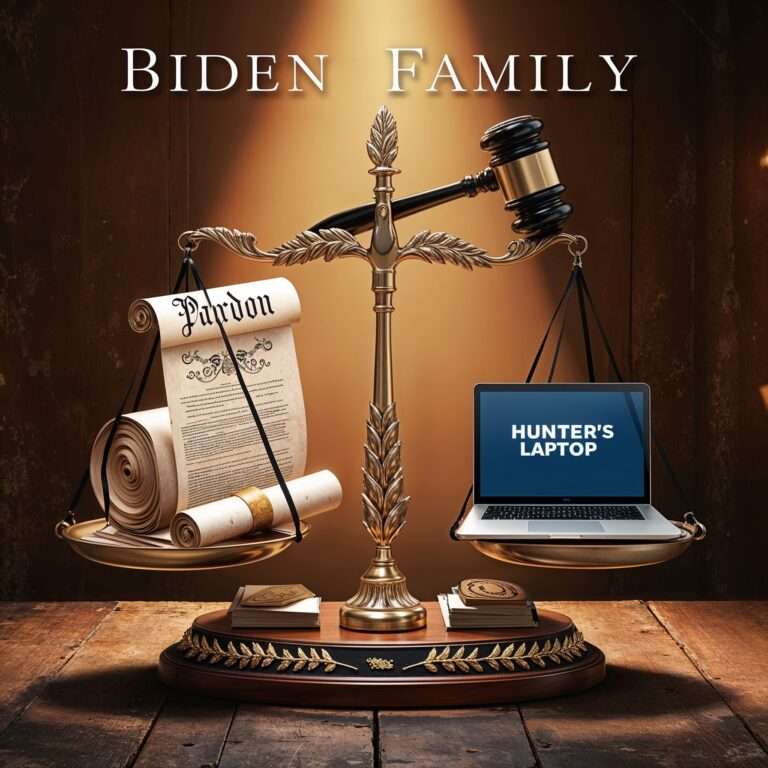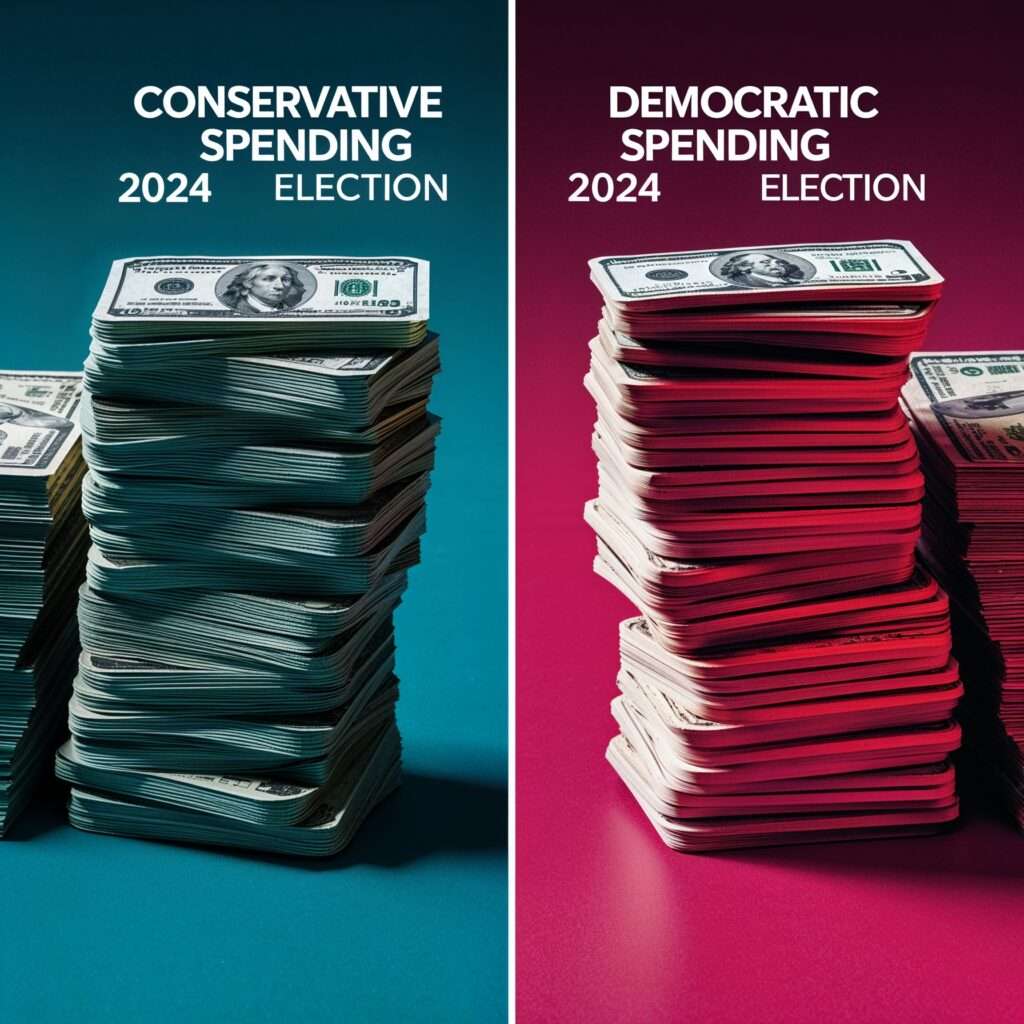
"Comparing the campaign spending strategies of the Conservative and Democratic parties for the 2024 U.S. Presidential Election: The Republican side focuses on modest financial resources, emphasizing family values, security, and earned media, while the Democratic side leverages significant financial backing, celebrity endorsements, and digital donations."
The 2024 U.S. presidential election saw Kamala Harris and Donald Trump running campaigns that raised and spent massive sums of money. Both candidates utilized various fundraising strategies, but their spending choices—especially on media and celebrity endorsements—varied significantly. The 2024 Presidential Election spending has become a critical aspect of the race, with Kamala Harris and Donald Trump setting divergent campaign finance strategies. This article compares their spending efforts and examines the financial dynamics at play in this pivotal election.
Kamala Harris 2024 Campaign Spending Breakdown
Total Campaign Spending: $1.4 Billion
Kamala Harris’s 2024 campaign raised approximately $1.4 billion, a figure that includes her official campaign spending and the funds raised and spent by supporting Super PACs. This total reflects the expansive nature of her campaign, which aimed to secure key swing states and appeal to a broad cross-section of voters.
Spending on Media & Advertising: $550 Million to $600 Million
A significant portion of Harris’s campaign funds, around $550 million to $600 million, was allocated to media and advertising. This includes:
- TV Ads: Harris’s campaign used traditional TV advertising to reach voters in battleground states.
- Digital Ads: Targeting younger demographics, her campaign invested heavily in digital ads on platforms such as Facebook, Instagram, and Google.
- Social Media: Harris’s team employed social media to engage voters and promote campaign messages directly, especially to younger audiences.
These ads were crucial for raising awareness and generating enthusiasm among key voter groups in swing states, playing a central role in the campaign’s outreach strategy.
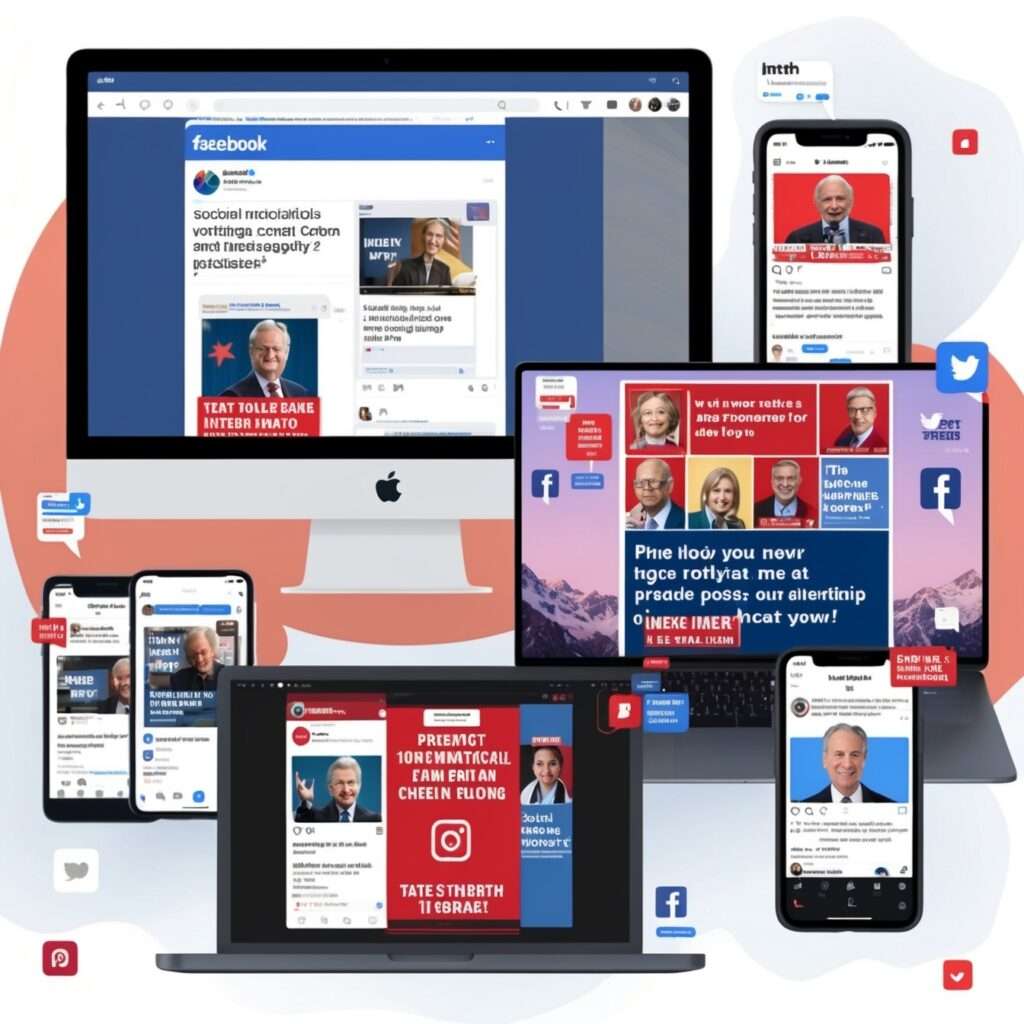
Spending on Paid Celebrity Endorsements and Appearances: $10 Million+
Kamala Harris also relied on celebrity endorsements and paid appearances to enhance her public visibility and bolster fundraising efforts. Some notable expenditures included:
- Oprah Winfrey: Oprah hosted a fundraiser for Harris that raised millions. While Oprah’s payment for the event wasn’t disclosed, her involvement was a key factor in Harris’s fundraising.
- Beyoncé: It was rumored that Beyoncé was paid up to $10 million for performing at campaign events supporting Harris, though she has denied these claims. Nonetheless, her performance and public endorsement helped Harris secure support, particularly from younger, progressive voters.
- Labor Unions and Progressive Figures: In addition to high-profile celebrities, Harris received support from labor unions and other progressive organizations, which often included virtual events and concerts featuring prominent figures.
Other Campaign Expenditures:
- Grassroots Campaigning & Field Operations: Funds were also used to organize efforts in swing states, including hiring staff for voter outreach and mobilization.
- Staffing: The campaign employed a substantial workforce, including communications specialists, outreach coordinators, and data analysts.
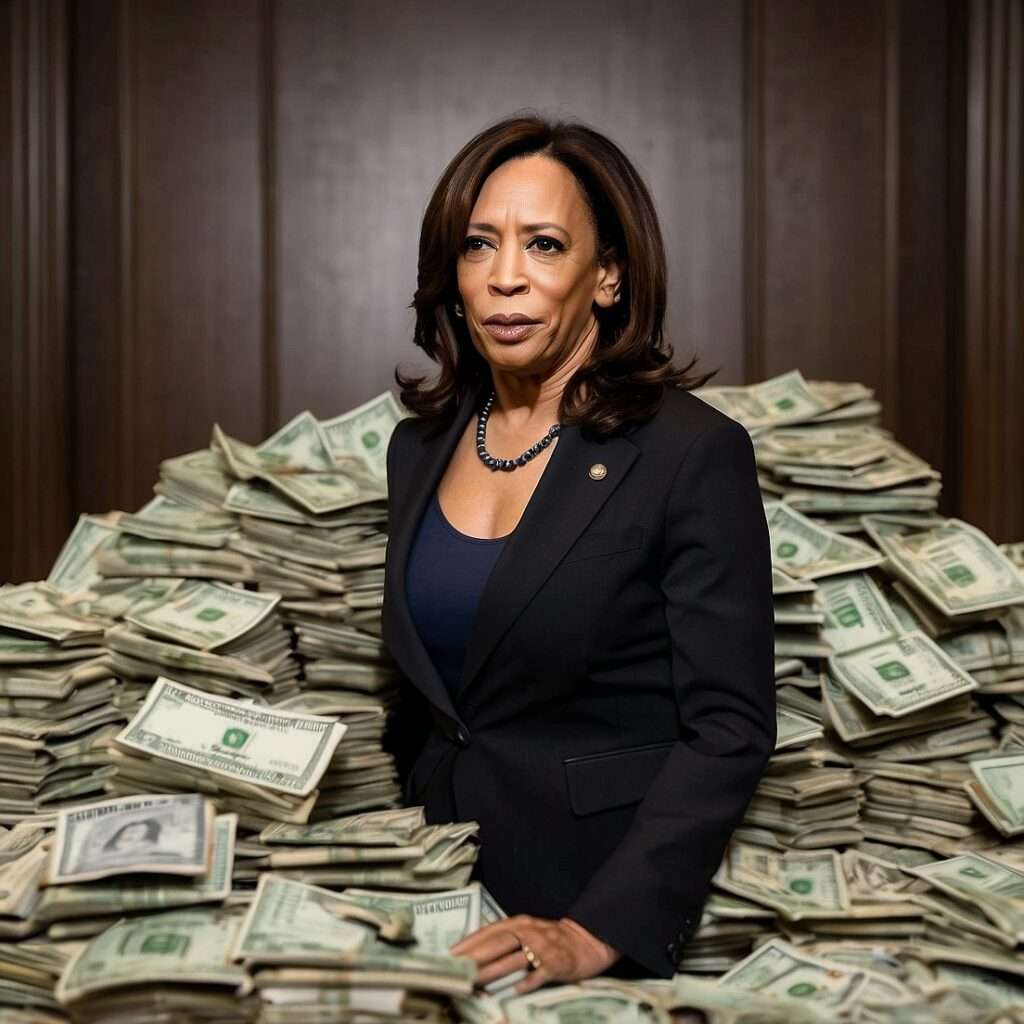
Donald Trump 2024 Campaign Spending Breakdown
Total Campaign Spending: $1.1 Billion
Donald Trump’s 2024 campaign raised $1.1 billion, a lower total than Harris’s campaign. This figure included spending from his official campaign as well as funds raised by his affiliated Super PACs, such as Make America Great Again, Inc. Trump’s strategy relied more on maximizing the impact of smaller donations and media appearances rather than traditional ad buys.
Spending on Media & Advertising: $150 Million to $200 Million
Trump’s spending on media and advertising was much more limited than Harris’s. His campaign allocated around $150 million to $200 million to media buys, which was significantly lower than Harris’s advertising spend. The breakdown includes:
- TV Ads: Trump purchased some traditional TV ads, but the spend was much less compared to Harris’s campaign.
- Digital Ads: His campaign also invested in digital ads, but again, the spending was much lower than Harris’s, focusing on social media platforms and targeted online ads in key swing states.
Earned Media: Trump’s Strategic Advantage
Unlike Harris, Trump’s campaign relied heavily on earned media—unpaid media coverage. His persona and style naturally generated a significant amount of media coverage, which he capitalized on to maintain his presence in the news cycle. Key aspects of his earned media strategy included:
- Rallies: Trump’s rallies were a major part of his campaign’s media strategy. These events generated significant news coverage and social media buzz, drawing large crowds and offering a constant source of content for reporters and supporters alike.
- Social Media: Trump has long been a prolific social media figure, using platforms like X (formerly Twitter) and Truth Social to reach millions of followers and dominate political discourse. His ability to generate media attention without paying for traditional advertising was a key component of his campaign’s strategy.
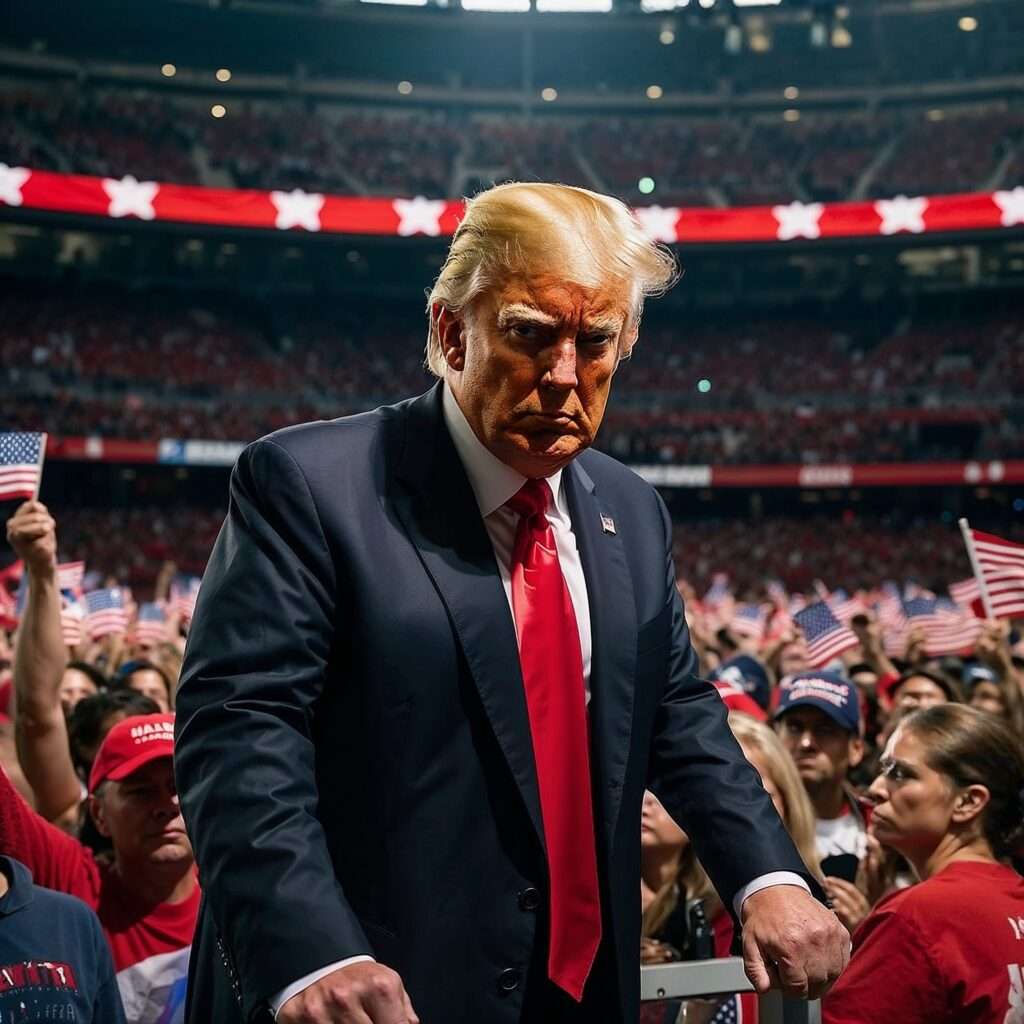
Spending on Paid Celebrity Endorsements and Appearances: Limited
Trump’s campaign did not focus as much on paid celebrity endorsements and concerts as Harris’s did, but there were still notable endorsements:
- Conservative Celebrities: Figures like Ted Nugent, Kid Rock, and Scott Baio publicly endorsed Trump. However, these endorsements were largely free and not tied to paid appearances or concerts.
- Media Personalities: Trump also benefited from significant backing from conservative media figures and right-wing personalities, many of whom supported his campaign either for ideological reasons or financial backing.
Other Campaign Expenditures:
- Legal Fees: A significant portion of Trump’s campaign spending went toward legal costs related to ongoing investigations and lawsuits.
- Field Operations: Trump’s campaign also spent on organizing efforts in battleground states, but it was generally more focused on grassroots efforts through smaller donations rather than large-scale paid advertising.
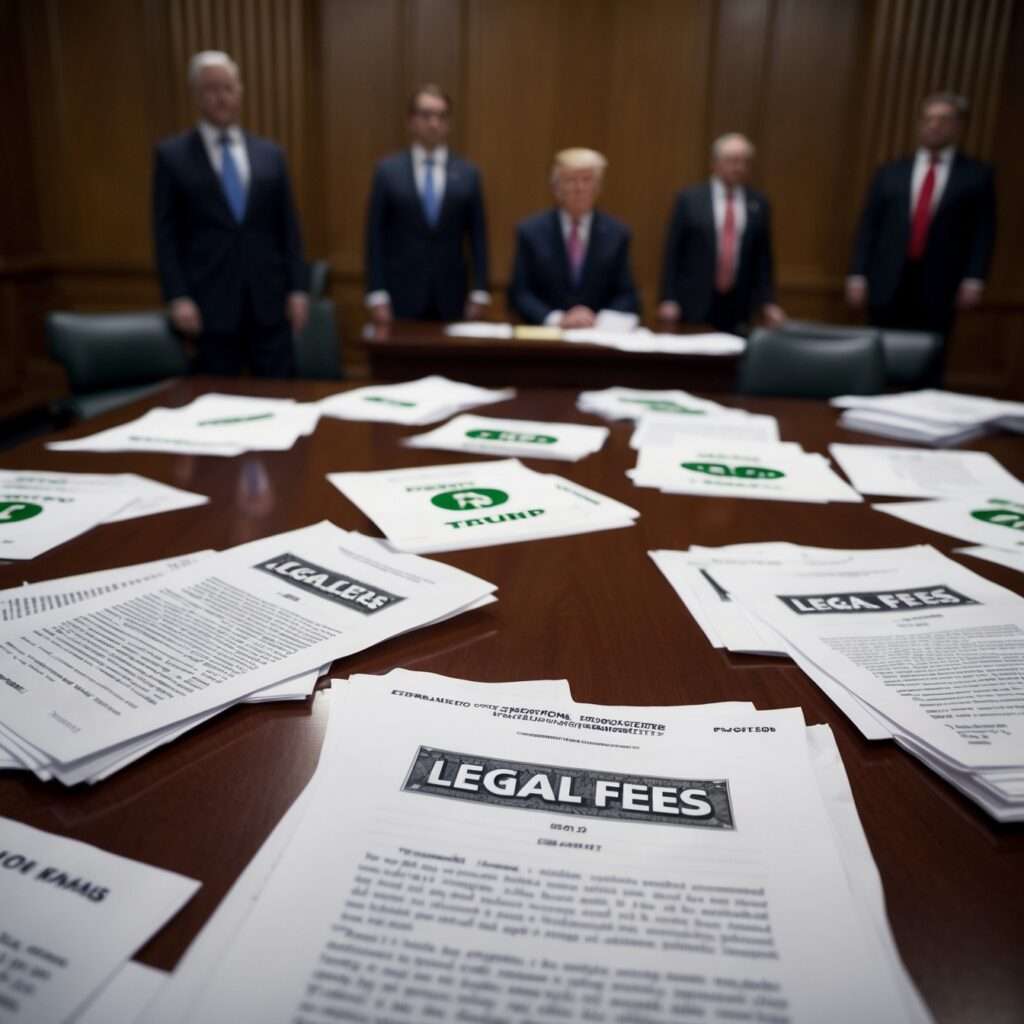
Key Comparison of 2024 Presidential Election Spending: Harris vs Trump
| Category | Kamala Harris | Donald Trump |
|---|---|---|
| Total Campaign Spending | $1.4 billion | $1.1 billion |
| Media and Advertising | $550M – $600M | $150M – $200M |
| Focused on a traditional media strategy with TV, digital ads, and social media. | Focused more on earned media, relying on his public persona and rallies to stay in the spotlight. | |
| Paid Celebrity Endorsements and Appearances | Paid endorsements and appearances from stars like Oprah Winfrey and Beyoncé. Likely spent up to $10 million or more on celebrity performances, appearances, and virtual events. | Trump received endorsements from conservative celebrities and media figures, but his campaign did not focus heavily on paid celebrity appearances. These endorsements were largely unpaid and driven by ideological alignment. |
| Key Media Strategy Differences | Spent heavily on paid media to target key swing states and demographic groups. Leveraged high-profile celebrity endorsements for fundraising and visibility. | Spent significantly less on paid advertising, focusing on earned media and social media to generate coverage. Celebrity support was largely unpaid and ideologically aligned. |
Conclusion: Who Spent What?
- Kamala Harris and Donald Trump had different spending strategies in the 2024 presidential election. Harris spent $1.4 billion, including around $550 million to $600 million on paid media and significant funds on celebrity endorsements.
- Donald Trump spent $1.1 billion, with $150 million to $200 million going toward media and advertising. His strategy focused more on earned media and social media, with less emphasis on paid celebrity endorsements and appearances.
The spending comparison underscores the contrasting strategies of both candidates: Harris invested heavily in traditional media and celebrity-driven fundraising, while Trump used his media presence and rallies to stay in the public eye without the same reliance on paid ads. Both approaches proved to be effective in their own ways, demonstrating the evolving nature of political campaigns in the digital age.
This revised article incorporates the details on celebrity endorsements, paid appearances, and concerts into the broader analysis of campaign spending. Let me know if you need any further adjustments!
Darwin’s Take: The Evolution of Campaign Spending – Harris vs. Trump
As we analyze the campaign spending strategies of Kamala Harris and Donald Trump in the 2024 election, we can observe a clear divergence in how political candidates are adapting to the evolving media landscape. Much like species adapting to changing environments, these two candidates evolved their approaches based on their unique strengths, resources, and target constituencies.
1. The Adaptive Advantage of Media Spending:
Kamala Harris’s campaign can be likened to a species that evolved to thrive in an environment where traditional and digital media are powerful forces for visibility and voter mobilization. Harris’s campaign invested heavily—$550 million to $600 million—in paid advertising, deploying a balanced strategy of TV, digital, and social media outreach. This strategy reflects an understanding that in today’s highly polarized media environment, securing direct control over a campaign’s message is essential. Like a well-coordinated social species, Harris sought to engage key voter groups with targeted ads, reinforcing her political brand and message at every turn.
2. Trump: The Master of Earned Media and Natural Selection:
In contrast, Donald Trump’s campaign took a more evolutionary approach, relying on earned media—the free media coverage generated by his public persona and controversial actions. Trump spent a relatively modest $150 million to $200 million on advertising, focusing instead on rallies, social media, and news coverage. This reflects an adaptation to the current media ecology, where the power of viral attention often outweighs the need for conventional advertising. Trump’s strategy mimics the survival of the fittest in the media landscape, where his ability to generate headlines and dominate discussions becomes his natural advantage.
Just as some animals have developed elaborate mating displays or vocalizations to attract mates, Trump has perfected the art of media spectacle, ensuring that even when he’s not directly in the public eye, his message reaches millions. His reliance on unpaid celebrity endorsements and conservative media figures further exemplifies this evolutionary tactic—why spend money when you can get the media to do the work for you?
3. Celebrity Endorsements: A New Form of Political Symbiosis:
The role of celebrity endorsements in both campaigns offers an interesting glimpse into how modern political campaigns use social capital to amplify their reach. Harris’s significant investment in paid celebrity endorsements, from Oprah Winfrey to Beyoncé, reflects a strategy of leveraging the power of star power as a vehicle for fundraising and voter engagement. This is a relatively new evolutionary tactic in the political ecosystem, where celebrity influence can sway public opinion and mobilize key demographic groups—especially younger voters and those on the progressive left.
For Trump, the conservative celebrity endorsements he garnered were less transactional, almost symbiotic. These figures supported Trump not for financial gain, but due to shared ideological alignment. This organic form of support demonstrates how Trump’s campaign, much like a species with mutualistic relationships, thrives on the alignment of its ecosystem—whether it’s media figures, political allies, or grassroots supporters.
4. The Future of Campaign Evolution:
As the political ecosystem continues to evolve, the way candidates approach media, endorsements, and spending will shift in unpredictable ways. While traditional media still plays a major role, candidates will increasingly need to navigate a landscape dominated by social media, viral content, and earned media. Just as species evolve traits to survive in changing environments, political candidates will need to continuously adapt to new methods of reaching and engaging voters.
Trump’s campaign strategy, relying less on spending and more on media domination, shows a pathway for populist candidates to capitalize on organic media presence and grassroots support. Meanwhile, Harris’s substantial investment in paid media demonstrates how a more traditional, media-driven campaign can still have a significant impact in today’s digital age. The question moving forward will be whether the earned media model can continue to thrive or if the paid media approach is the true evolutionary winner in modern politics.
Suggested Sources for Campaign Spending:
- Federal Election Commission (FEC)
- The FEC’s official website provides detailed financial disclosures for all candidates and PACs, including spending on media, fundraising, and other campaign activities.
- Link: https://www.fec.gov
- Center for Responsive Politics – OpenSecrets
- OpenSecrets tracks and reports on campaign finance, including the top donors, PACs, and total expenditures for presidential campaigns. Their analysis would provide in-depth breakdowns of Kamala Harris’s and Donald Trump’s spending.
- Link: https://www.opensecrets.org
- Politico
- Politico often covers the latest in campaign finance, including the financial strategies of both major parties. You can find articles about how much was spent on advertising, media, celebrity endorsements, and rallies.
- Link: https://www.politico.com
More Reading on Paranoid Prophet
- Trump’s Second-Term Cabinet Picks: Key Appointments to Watch
- This piece delves into the possible appointments for a second Trump administration, scrutinizing how these selections may reshape key political landscapes. It includes discussions on figures like Matt Gaetz and Robert F. Kennedy Jr., and how their controversial stances could impact the future of governance.
- Read more: Trump’s Second-Term Cabinet Picks
- Is Pete Hegseth a Good Fit for Secretary of Defense?
- An analysis of Pete Hegseth’s potential appointment to the Secretary of Defense role, examining his military background, media presence, and the potential challenges his appointment could face. This piece reflects on the broader political implications of Trump’s defense strategy.
- Read more: Is Pete Hegseth a Good Fit for Secretary of Defense?
- Why the Media is Focused on the 2025 Agenda and Reproductive Rights
- This article analyzes the media’s obsession with the so-called 2025 agenda and its links to reproductive rights, exploring whether the media’s focus on this topic aligns with public concern or is merely a political tool.
- Read more: Why the Media is Focused on the 2025 Agenda
FAQ: 2024 Presidential Election Spending
1. How much did the 2024 presidential candidates spend on their campaigns?
The total spending for the 2024 U.S. presidential election is expected to exceed $2.5 billion when combining all candidates, political action committees (PACs), and Super PACs. Major candidates like Kamala Harris and Donald Trump spent hundreds of millions of dollars on advertising, media outreach, and grassroots organizing.
2. What was Kamala Harris’s total campaign spending in 2024?
Kamala Harris’s campaign in the 2024 election spent approximately $1.4 billion. This included expenditures on TV ads, digital campaigns, field operations, and celebrity endorsements. A significant portion of her budget went into reaching swing state voters through targeted advertising.
3. How much did Donald Trump spend on his 2024 election campaign?
Donald Trump spent around $1.1 billion on his 2024 presidential campaign. Unlike Harris, Trump’s strategy focused more on earned media, relying on rallies and media coverage rather than heavy paid advertising. His spending also included organizing large-scale events and legal expenses.
4. Where did the money for the 2024 presidential campaigns come from?
Campaign funds in 2024 came from a variety of sources including individual donations, corporate PACs, Super PACs, and large donors. Both Kamala Harris and Donald Trump benefited from substantial backing by donors aligned with their political ideologies, as well as party fundraising channels like the Democratic National Committee (DNC) and Republican National Committee (RNC).
5. How did Kamala Harris use celebrity endorsements to fundraise?
Kamala Harris’s campaign leveraged celebrity endorsements from high-profile figures such as Beyoncé, Oprah Winfrey, and Taylor Swift. These endorsements were part of her broader fundraising strategy, where celebrities not only helped raise funds but also brought significant visibility to her campaign through appearances and virtual events.
6. Did Donald Trump spend a lot on paid media in the 2024 election?
Donald Trump’s campaign spent far less on paid media than his competitors, with an estimated $150 million to $200 million spent on digital and TV ads. Trump’s campaign leaned heavily on earned media, including his extensive media coverage and large rallies, which often dominated news cycles without any direct cost to the campaign.
7. What was the breakdown of 2024 presidential election spending on media?
In 2024, Kamala Harris allocated $550 million to $600 million on media and advertising, focusing on traditional and digital ad platforms. Meanwhile, Donald Trump spent only $150 million to $200 million on media, relying on earned media for a greater portion of his exposure.
8. What are Super PACs and how do they influence 2024 election spending?
Super PACs are independent organizations that can raise and spend unlimited amounts of money to support or oppose political candidates. In the 2024 election, Super PACs aligned with both Kamala Harris and Donald Trump played a crucial role in funding advertisements, outreach programs, and other campaign activities.
9. How does social media spending affect the 2024 presidential election?
Social media plays a critical role in 2024 presidential election spending, with campaigns directing substantial funds toward platforms like Facebook, Instagram, and Twitter. Both Harris and Trump invested heavily in targeted ads aimed at engaging specific voter demographics, particularly younger voters who are more active online.
10. How did celebrity performances influence the 2024 presidential campaign spending?
Celebrities like Beyoncé and Oprah Winfrey played a key role in fundraising for Kamala Harris’s 2024 campaign. These stars often performed at high-profile events or participated in virtual fundraisers. While these appearances brought in millions, they also represented a growing trend of celebrity influence in U.S. elections, where stars serve both as fundraisers and message amplifiers.
Why You Should Care About 2024 Presidential Election Spending
Understanding campaign spending can give voters and observers insight into how candidates are prioritizing their resources. With millions spent on advertisements, celebrity endorsements, and grassroots mobilization, money plays a central role in shaping the political landscape of the 2024 U.S. presidential race.
